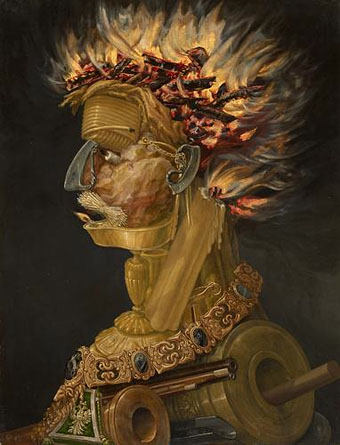Keiko T. Olds
Keiko is an Artist, an Animal Rights Activist, and an Environmental Activist.
 |
| Japanese Sparrow |
During a recent conversation, she shared the following details of her life with me.
She is a vegetarian/vegan and she backs and agrees with most organizations dedicated to
advocacy of humane treatment and non-cruelty to animals.
We spoke briefly of these organizations, and the following three were prevalent during the discussion:
The Sierra Club
The Humane Society
World Wildlife Fund
Also, we discussed the annual dolphin drive hunt in Taiji, Japan, and Keiko gave me permission to quote her as saying that she absolutely did not condone this practice and that is should be halted immediately forever more.
 |
| Dolphin |
In this same conversation, Keiko also addressed the consumption of cats in Korea and the fur trade in China. Her point of view was that a dietary change driving the practice was in order, which are my sentiments exactly.
I asked Keiko to choose three pieces of her art that resonated most powerfully for her, and if she would share with us the reasons that compel her to create the images she chooses to depict.
The three pieces she chose are:
 |
| Shiba Inu & Okinawa |
 |
| Alice in Wonderland Return (my friend's cat) |
 |
| Little Crow (My daughter & my crow) |
This is what Keiko shared as her creative mission statement:
Hello!
I take my friend's pet photos and draw them. But I talk to my friend about their pet's personality to determine the background. For example, my friend had a pet that came from Okinawa, so I created an Okinawa beach scene in the background.
Another example can be when I looked at my friend's adorable cat, it reminded me of the cat from Alice in Wonderland, so I created a scene from the story and added it to the background.
The number one goal when I draw a picture is to make the animal look like they're having a good time. That is what inspires me to draw. I would very much love to draw your cat. I am already thinking about a background.
*
I believe that I will never forget Keiko's statement here:
"The number one goal when I draw a picture is to make the animal look like they're having a good time. That is what inspires me to draw."
 |
| Orca |
As an Artist and Activist myself, I have hit the proverbial wall of doubt when contemplating the delivery of a creation to the viewer. After becoming more involved with activism, I began to seriously question my approach to the imagery that I had been inspired to create. Could I continue to generate images that some might title "Mermaids" after becoming aware of the horrors of the Cetacean Capture issue?
Bottom line?
Yes.
My "Mermaid" images began as a vehicle to depict respect for Sea Life or Sea Creatures, and the human form in said images is to convey a deep connection to the life around us, and hopefully encourage a spirit of conservation for those lives.
So, unless we all start sporting fish tails and finned ears, I don't see that these images encourage a human to support or condone the practice of capturing a Cetacean to be held imprisoned in a small tank for entertainment purposes.
As Keiko has so eloquently pointed out, she is inspired to create by the emotion of happiness. Her work does indeed embrace imagery of happy animals.
That is what she wishes for them to be.
Her Activism compels other people to join her in the quest to end cruelty to animals, so that they will live safely in a state of happiness.
I believe that is the goal that every Activist strives to bring about.
 |
| Dream of Peace |
It has been my distinct pleasure to meet Keiko and have this opportunity to get to know more about her.
Please enjoy her art, and may it inspire you to visualize a happier world for our animals and to take every action possible to make that a reality.













